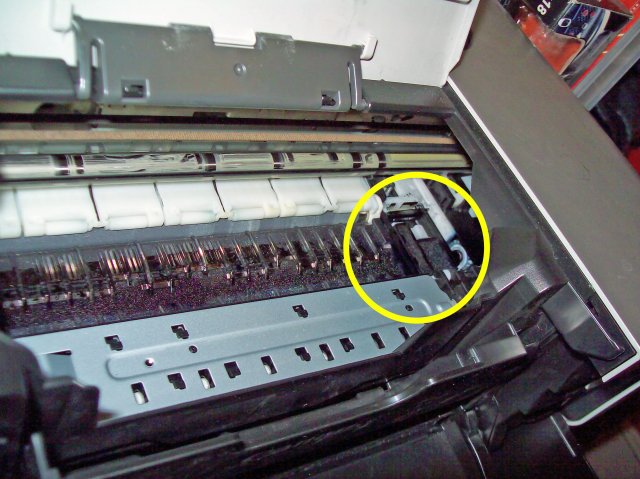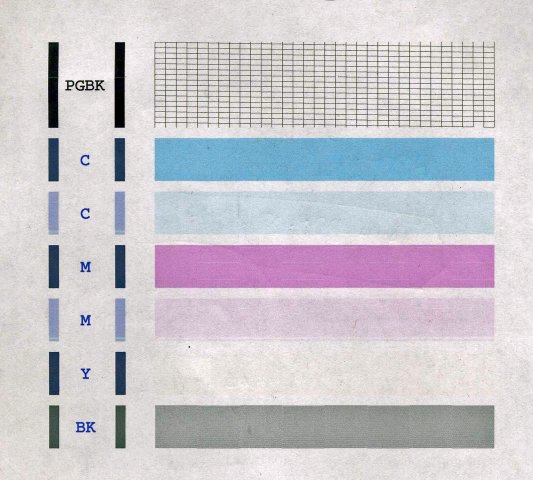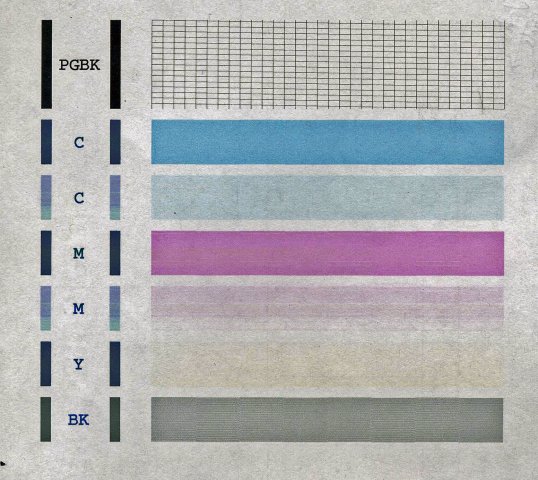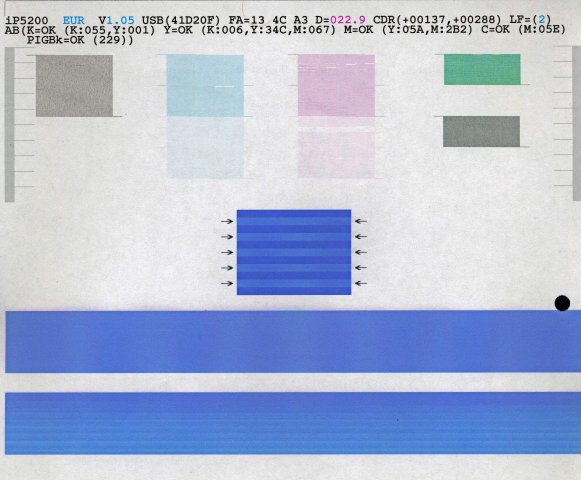Hi all,
I wonder of anyone out there has had similar issues or can help me figure out whats happening here.
I have a Pixma iP5200, several years old, on which I use OEM inks and cheapo gloss photo paper, and have always had perfectly acceptable results on the rare occasions I printed photos.
A while back, the yellow faded significantly- the output on the nozzle check was not streaky, but very faded. Photos had a pronounced magenta cast. A deep yellow square printed very pale.
I switched ink tanks, did multiple deep cleans, all without success, followed advice I found on this forum to clean the head (soaking in 10% ammonia solution, compressed air, filtered water), and apart from blowing ink just about everywhere, did not make any difference.
So as a last resort, and certain the solve the problem (hah!) I purchased a new Canon head (for almost what I paid in the first place for the printer..), and for a few prints, was happy with the results, but then, hey presto, during the course of a batch of 6 A4 prints, the yellow faded, and prints are once again strongly magenta.
So then I figured out that the yellow ink I was using might somehow be defective (polymerizing?), so I bought a fresh batch of yellow from another supplier, did several deep cleans to clear what was left in the new head, and tried again. No change.
I have tried tweaking the yellow colour intensity in the printer driver- this does not make any difference.
The one other thing I have tried is to install a magenta into the yellow slot on the head, (using the yellow chip) to see whether the magenta ink came through on a nozzle check. The result was that no ink came through at all, even following a head clean.
As you may have gathered by now, I am no expert in this stuff, but I am assuming that for some reason, the original head became partially blocked, and the same has happened almost immediately to the new replacement head, although I cannot understand why this should have happened, or how I can resolve the problem.
Any advice would be gratefully received!
Thanks, Jon
I wonder of anyone out there has had similar issues or can help me figure out whats happening here.
I have a Pixma iP5200, several years old, on which I use OEM inks and cheapo gloss photo paper, and have always had perfectly acceptable results on the rare occasions I printed photos.
A while back, the yellow faded significantly- the output on the nozzle check was not streaky, but very faded. Photos had a pronounced magenta cast. A deep yellow square printed very pale.
I switched ink tanks, did multiple deep cleans, all without success, followed advice I found on this forum to clean the head (soaking in 10% ammonia solution, compressed air, filtered water), and apart from blowing ink just about everywhere, did not make any difference.
So as a last resort, and certain the solve the problem (hah!) I purchased a new Canon head (for almost what I paid in the first place for the printer..), and for a few prints, was happy with the results, but then, hey presto, during the course of a batch of 6 A4 prints, the yellow faded, and prints are once again strongly magenta.
So then I figured out that the yellow ink I was using might somehow be defective (polymerizing?), so I bought a fresh batch of yellow from another supplier, did several deep cleans to clear what was left in the new head, and tried again. No change.
I have tried tweaking the yellow colour intensity in the printer driver- this does not make any difference.
The one other thing I have tried is to install a magenta into the yellow slot on the head, (using the yellow chip) to see whether the magenta ink came through on a nozzle check. The result was that no ink came through at all, even following a head clean.
As you may have gathered by now, I am no expert in this stuff, but I am assuming that for some reason, the original head became partially blocked, and the same has happened almost immediately to the new replacement head, although I cannot understand why this should have happened, or how I can resolve the problem.
Any advice would be gratefully received!
Thanks, Jon




